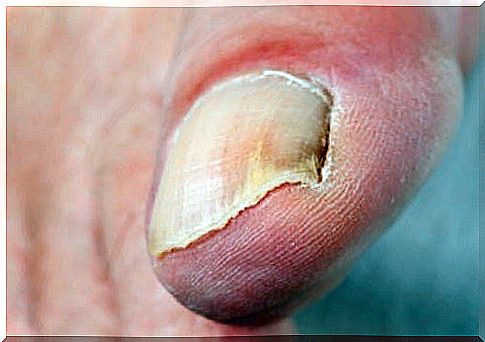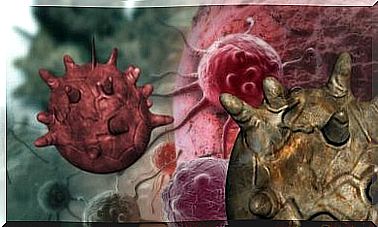5 Changes In The Skin That Indicate A Disease
Skin changes can be caused by internal disorders. That is why it is important to see a specialist. However, it could also be a common skin disease.

The largest organ in our body is the skin. It is often referred to as the window of wellbeing as it gives various clues about health problems. The color or structure of the skin often changes with a disease .
Various complaints can then be recognized in good time. Then we explain the five most common skin changes that indicate health problems.
1. Spots and rashes
Rashes that are accompanied by other symptoms of the disease, such as fever, muscle or joint pain, may indicate an internal problem or inflammation.
As noted by the American Academy of Dermatology (AAD), a rash can be caused by an allergy or a reaction to a drug.
A velvety rash on the front of the neck and arms, with a slightly darker color, can indicate an increased risk of type II diabetes.
Experts at the Mayo Clinic explain that in rare cases it can be a sign of cancer of an internal organ (e.g. stomach or liver).
2. Change in skin color

In diabetes, darker skin tone can be a sign of iron absorption problems. A yellowish skin tone indicates a liver problem and may show up in the eyes.
Darker skin color, which can often be seen on scars, wrinkles, joints, elbows, and knees, can be a sign of a hormonal disorder (such as Addison’s disease, which affects the adrenal glands).
3. Nodules on the skin
In the case of nodules, a doctor must be consulted in any case. The American Academy of Dermatology says it could be skin cancer, an internal disease, or a genetic syndrome.
Yellowish nodules on the arms, legs and buttocks can be caused by increased triglyceride levels, which in turn indicates uncontrolled diabetes.
4. Changes in fingernails

Changes to the nails, be it color or shape, indicate deficiency symptoms or an organ problem.
For example, nail fungus-like changes can be nail psoriasis, even if this disease mostly only affects the skin (psoriasis). People who also have joint pain could have psoriatic arthritis.
Urinary or liver problems can also cause color changes on your nails.
5. Changes in skin thickness or moisture
High blood pressure or kidney disease can change the thickness of the skin. On the other hand, hormonal disorders such as hypothyroidism, dry skin and itching can trigger.
In systemic sclerosis, an autoimmune disease, the skin swells and hardens.
The AAD explains that in more serious cases the internal organs (e.g. lungs or heart) could harden.
On the other hand, a loose and velvety skin can be a symptom of a rare disease of the connective tissue, which in turn can be a sign of blood cancer (such as multiple myeloma) and could spread to the internal organs.
It is therefore important to recognize the signals from the skin in good time and to have yourself examined. Many signs can be triggered by just a mild skin disease without any internal organs involved.
A doctor can make an accurate diagnosis and prescribe the correct treatment.









